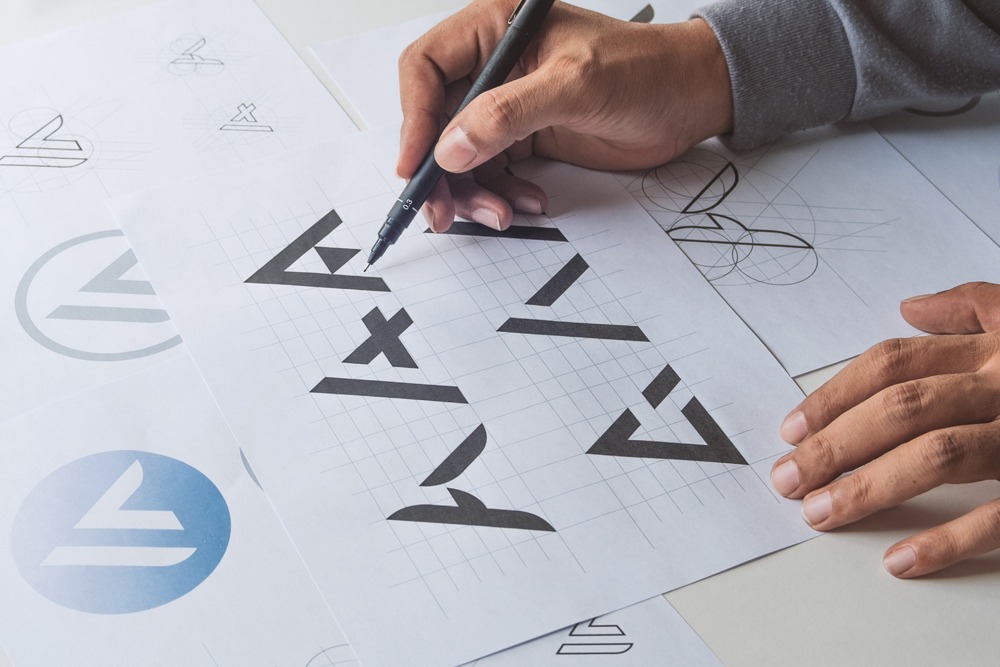On a perfect market-based day, Joe Consumer would wander through the mall, stopping into the swoosh store for a new pair of shoes, grabbing lunch under the golden arches, and looking for a ‘bull’s eye’ deal at a national chain store. If you’re like most consumers, you’ve already interpreted that the mall jaunt involved Nike, McDonald’s and Target stores and you would know that because of the familiarity of their logos.
Many businesses that strive for the same level of recognition enjoyed by these three megacorporations invest heavily in a logo concept and design. However, often, they are also dismayed and disappointed when their company doesn’t take off after their new logo’s release. In these instances, the failed strategy is often caused by the focus on logo development, not on brand development. There’s a significant difference between a logo and a brand, and organizations looking for a logo design should start by developing their bigger brand concept first.
The Value of a Brand
While a ‘logo’ is the visual representation of a business, a ‘brand’ is the sum of its values, practices, and quality. In the business world, the brand is recognized as the true center of the organizational core and sets the foundational understanding between the company and its customers.
Advancing the Brand Plan
Today’s industry leaders have been developing their brands over years, and sometimes decades. Central to their effort is the main focus of their enterprise: its products and services. All of their energy, when it’s not developing new products and services, is spent enhancing the market value of that main focus:
- Marketing efforts tie the use of the product to consumer successes, whether by improving their functionality or by increasing their level of enjoyment or satisfaction when using it.
- The sales department uses the brand’s reputation as a tool to attract and engage new customers.
- The finance and operations aspects of the company design their production and budgets around the successful brand products and invest additional resources into further research and development activities to improve them.
All of these corporate endeavors are based on maintaining and building the brand’s recognition with the public, and continue throughout the life of the enterprise whether it has a well-recognized logo or not.
Tooling it up with a Logo
So where does the logo come in? Essentially, a logo is a visual image that acts as a signal of the quality and value of a branded product. Logos work as marketing tools because they add value for both the enterprise and its customers:
From an enterprise perspective, a logo encapsulates everything positive about the brand into a single, recognizable statement, from its high-quality construction to its uniqueness within its sector; the value it provides to its users and the reputation of the company that produced it. When the branded products are all selling and functioning as intended, then the logo says that any new product from the same producer will provide the same level of service.
From the consumer’s perspective, a logo conveys the message that that product will provide the same level of quality and service as all the other products offered by that company. There’s an emotional bond between the user and the product and just seeing the logo is sufficient to trigger the good feelings engendered by that bond. Consumers will continue to buy from brands that they like when they discover products that carry those logos.
Logos can be words, images, or symbols and can illustrate any nuance of the corporate entity. When used in conjunction with a well-designed brand plan, an equally well-designed logo can be the single most valuable marketing investment for any company. Think about that when ordering your next latte from the world’s most famous green mermaid.
Looking to stay on top of the latest industry trends? Check out our blog and follow us on Instagram and LinkedIn to stay in the loop on everything beverages.



